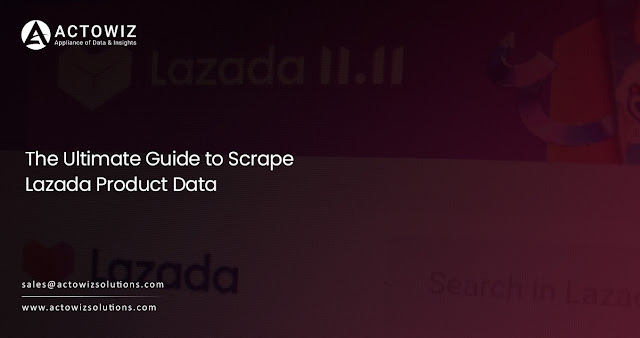Scrape Popular Retailer data - Scrape Data From Any Ecommerce Website

Scraping data from e-commerce websites can be a complex task involving navigating through web pages, handling different types of data, and adhering to website terms of service. It’s important to note that scraping websites without permission may be against their terms of service or even illegal.
However, if you have permission or the website provides an API for accessing their data, you can use various techniques to scrape the desired data. Here’s a general outline of the process:
- Understand the website structure: Analyze the target website to identify the structure of the pages you want to scrape. This includes examining the HTML structure, CSS classes, and the URLs that lead to different pages.
- Choose a scraping tool: There are several tools and libraries available for web scraping, such as BeautifulSoup (Python), Scrapy (Python), Puppeteer (JavaScript), or Selenium (multiple languages). Select a tool that suits your programming language and requirements.
- Set up the scraping environment: Install the necessary libraries or tools and configure your development environment.
- Retrieve the HTML: Use the scraping tool to send HTTP requests to the website and retrieve the HTML content of the pages you want to scrape. You may need to handle cookies, sessions, or other authentication mechanisms if required by the website.
- Parse the HTML: Utilize the scraping tool to parse the HTML content and extract the relevant data. This involves identifying the HTML elements containing the needed data, such as product names, prices, descriptions, or images.
- Handle pagination: You must handle pagination if the desired data is spread across multiple pages. Determine how the website implements pagination (URL parameters, next page buttons, etc.) and iterate through the pages to scrape all the data.
- Clean and process the data: Once you have extracted it, clean and process it to ensure consistency and usability. Remove unnecessary characters, convert data types, and apply any required transformations.
- Store the data: Choose an appropriate storage method for your scraped data. This could be a database, CSV files, or any other format that suits your needs.
- Monitor and respect website policies: Keep in mind that websites may have terms of service or rate limits. Respect these policies and avoid overloading the target website with too many requests in a short period.
Remember always to be mindful of the legal and ethical aspects of web scraping services. Obtaining permission from the website owner and complying with their terms of service is essential.


Comments
Post a Comment